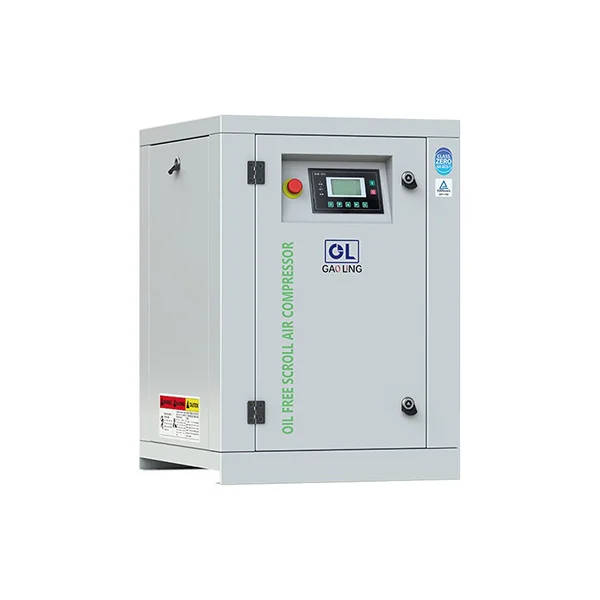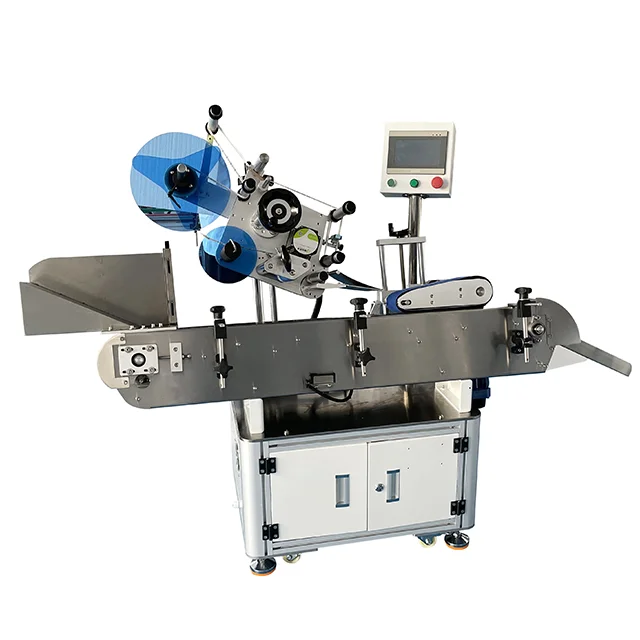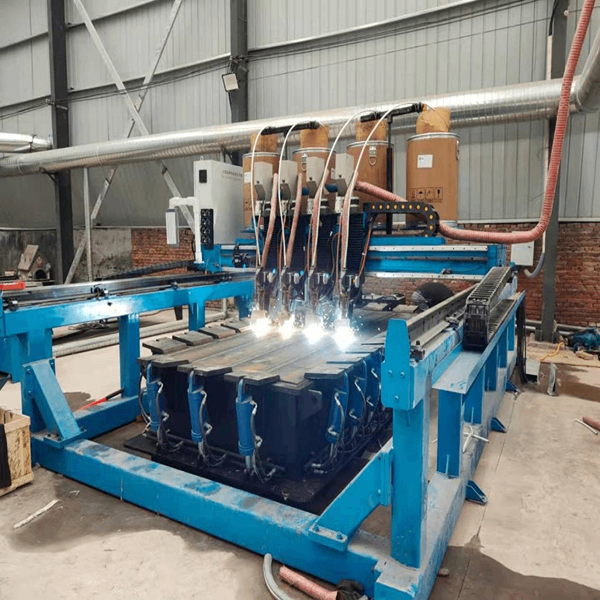In industrial production, belt-type air compressors are widely used in manufacturing, processing, and the automotive industry due to their simple structure, easy maintenance, and relatively low cost. However, many users have discovered that excessive noise from belt-type air compressors is a particularly prominent problem. This not only affects the operating environment but can also indicate potential equipment failures and even reduce production efficiency. This article will analyze the causes of belt-type air compressor noise in detail and provide practical solutions to help companies optimize equipment operation.
1. Main Sources of Belt-Type Air Compressor Noise
Understanding the source of noise is a prerequisite for problem solving. The main sources of noise from industrial belt-type air compressors are as follows:
1.1 Motor and Drive System Noise
The motor is the driving core of a belt-type air compressor, while the belt and pulleys transmit power. Worn motor bearings, an unbalanced rotor, or improper belt tension can cause vibration and noise. Aging belts, tooth skipping, or uneven friction can also produce sharp, harsh sounds.
1.2 Compressor Noise
Wear in the compressor cylinder, piston, and valves is a common source of noise. Worn piston rings or excessive cylinder clearance can cause metallic clanking. Fatigue in the exhaust or intake valve springs can also cause abnormal airflow, resulting in hissing or rattling noises.
1.3 Exhaust Piping and Airflow Noise
When air is transported through a duct, airflow noise can be generated if the pipe diameter is too small, there are too many elbows, or there is a lack of silencers. Furthermore, accumulation of water or oil mist in the duct can cause airflow turbulence and increased noise.
1.4 Installation Foundation and Environmental Factors
An unstable foundation or direct contact between the compressor and the ground can exacerbate vibration-conducted noise. Confined spaces and hard walls can cause sound reflection, amplifying the perceived noise.

2. Common Causes of Belt-Type Air Compressor Noise
Based on actual industrial applications, the causes of excessive noise can be summarized as follows:
Improper belt tension
Excessive belt tension can cause slippage, resulting in frictional noise; excessive belt tension increases bearing load, causing vibration.
Aging or worn belt
Cracked or hardened belt surfaces can increase friction and tooth skipping.
Motor or bearing problems
Insufficient or damaged bearings can cause uneven motor rotation, resulting in a low-frequency humming sound.
Worn piston and cylinder
Excessive clearance can cause metal friction, producing a knocking sound. Valve Abnormality
Fatigue or sticking of the exhaust or intake valve springs results in poor airflow, resulting in a hissing or rattling noise.
Insufficient or deteriorated lubricant.
Increased friction and noise levels, also affecting the life of the machine.
Unstable installation foundation.
Vibration is amplified by the ground, making the noise noticeable.
Environmental resonance or improper piping design.
Narrow spaces and numerous bends in piping can cause air resonance, amplifying noise.
3. Solutions for Belt-Type Air Compressor Noise
The following solutions can be adopted for different causes:
3.1 Adjust Belt Tension
After shutting down the machine, press down on the center of the belt with your finger, depressing approximately 10-15mm.
If the belt is too loose, tighten it; if it is too tight, loosen it to ensure smooth transmission and reduce noise.
3.2 Replace Aging Belts
Regularly inspect the belt surface for cracks, wear, or slack.
If any abnormality is detected, replace it with an original or high-quality belt to improve operational stability.
3.3 Inspect the Motor and Bearings
Regularly add or replace lubricant to maintain good bearing lubrication.
If damage or abnormal vibration is detected, repair or replace it promptly.
3.4 Compressor Maintenance
Check piston, cylinder, and valve clearances, and adjust or replace parts as necessary.
Ensure sufficient lubricant and replace it regularly to reduce mechanical friction.
3.5 Optimize the Exhaust System
Install a muffler or air damper to reduce airflow noise.
Ensure pipe diameters are reasonable and elbows are minimized. Regularly clean accumulated water and oil mist.
3.6 Improve the Installation Foundation and Environment
Install on a flat, stable foundation. Use shock-absorbing pads or spring supports.
Prevent the compressor from directly contacting the ground to reduce vibration transmission.
3.7 Introduce Intelligent Monitoring
Use vibration sensors and noise monitoring devices to monitor equipment status in real time.
Data analysis can help detect abnormalities in advance to prevent escalating noise or mechanical damage.
4. Daily Maintenance and Preventive Measures
To reduce belt-type air compressor noise over the long term, companies should develop standardized operating habits:
Regularly check belt tension and wear.
Maintain the lubrication system in good condition and replace the lubricant regularly.
Control the operating temperature to avoid high temperatures or humidity that accelerate component aging.
Regularly clean the compressor and piping to reduce dust, moisture, and impurities. Record noise and vibration changes to promptly troubleshoot any issues.
5. Summary
Excessive noise from belt-type air compressors not only impacts industrial comfort but can also reduce equipment lifespan and production efficiency. Noise can be caused primarily by improper belt tension, belt aging, motor or bearing failure, piston and cylinder wear, valve abnormalities, insufficient lubrication, foundation vibration, and resonance between piping and the environment.
Through scientific maintenance, proper belt tension adjustment, replacement of aging parts, optimized exhaust systems, improved installation infrastructure, and the introduction of intelligent monitoring, companies can effectively reduce noise, improve work environment comfort, and extend the lifespan of belt-type air compressors. For industrial companies striving for efficient production, prioritizing compressor noise management is crucial for enhancing equipment performance and protecting employee health.
As a professional belt-type air compressor distributor, Gaoling has been committed to providing industrial customers with efficient and reliable compressed air solutions for many years. The company not only offers high-quality belt-type air compressors but also provides comprehensive pre-sales selection guidance, installation and commissioning services, and long-term maintenance support. Through rigorous quality management and technical optimization, Gaoling helps customers reduce equipment noise, improve operational efficiency, and extend compressor lifespan, ensuring safe, stable, and low-noise operation in various production environments.
www.glcompressor.com
glcompressor



+ There are no comments
Add yours